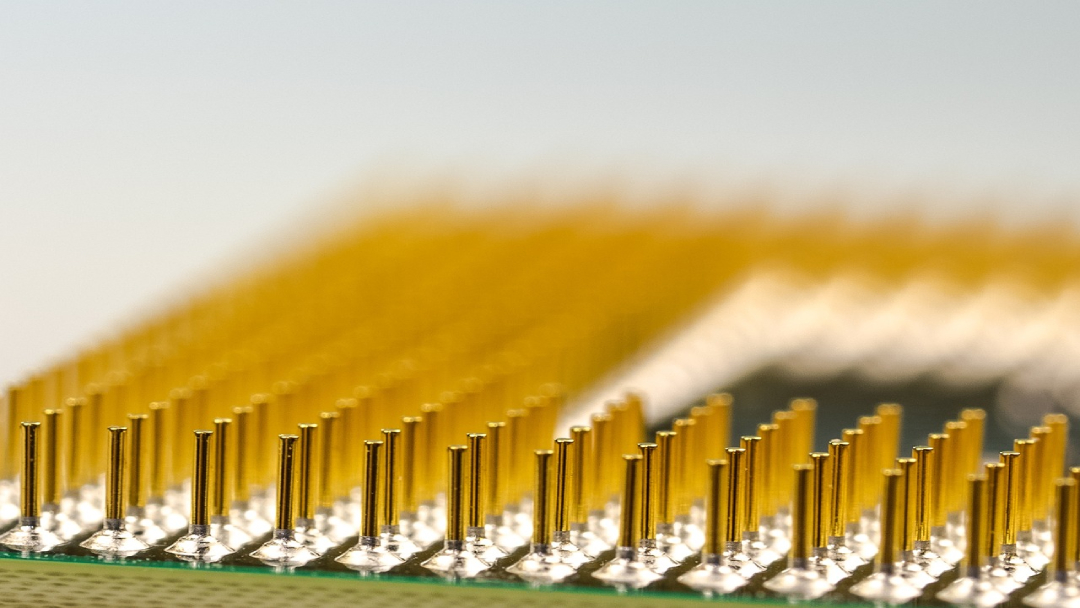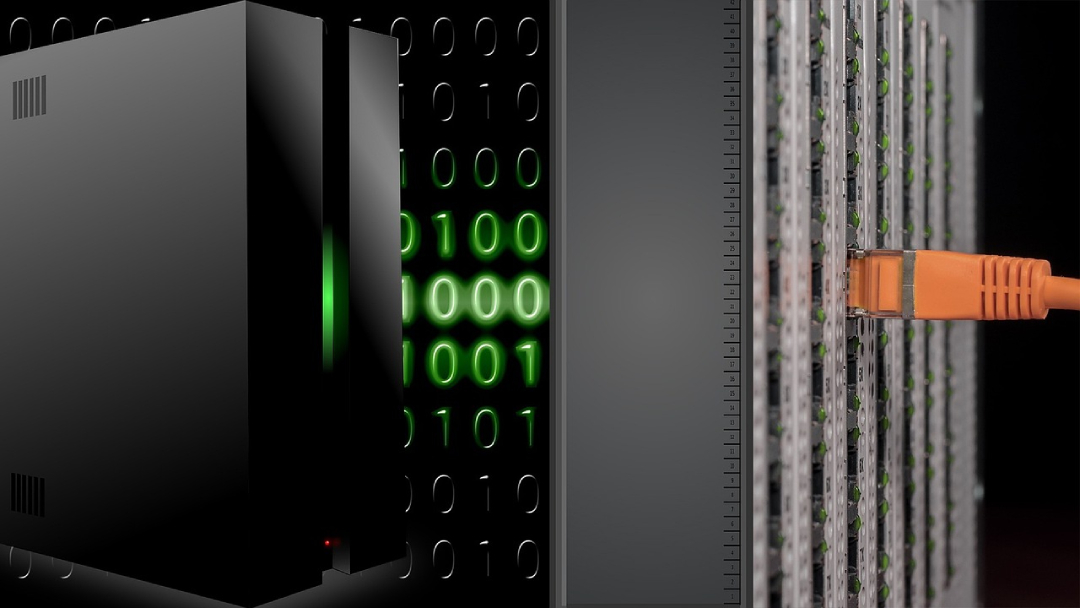There’s a reason why nearly $5 billion is invested into data centers each year. More internet traffic, as well as new applications like virtual reality, 4K HD video, and live streaming, have led to a massive increase in demand.
To meet this ever-increasing demand, data centers must use the latest optical transceivers to increase their transmission rate. For many centers, this means shifting away from past generations of visual communications and toward the future, like with 200G optical transceivers.
But exactly what are 200G optical transceivers? If you want to discover the answer to these questions, you’re in the perfect location. This guide will teach you everything you need to know about this critical development of optical communications.
What Are 200G Optical Transceivers?
200G optical transceivers are designed especially for two hundred gigabyte ethernet connections. If you need a refresher course on what an optical transceiver is, you can visit this helpful guide here. It’s true that 100G optical transceivers still remain the mainstream choice.
But, many companies are finding that their transceivers can’t support their growing needs. This is especially true in the live-streaming market, which sees an average of 7.2 billion hours of content watching.
As such, some companies are looking for optical transceivers that can walk the line between greater port density and higher bandwidth requirements. The 200G represents an excellent middle ground between the 100G models and the cutting-edge 800G ones.
200G QSFP-DD vs 200G QSFP56
As defined by IEEE standards, two main types of 200G optical transceivers exist. The first is the 200G QSFP-DD, and the second is the 200G QSFP56. Both of these types can be further broken into two other categories. For the 200G QSFP-DD, there’s the LR4 and the ER4.
Then, for the 200G QSFP56, there’s the SR4 and the FR4. The 200G QSFP56 falls in a 4 x 50G PAM4 network, while the 200G QSFP-DD goes in an 8x25G NRZ (or non-return to zero). It’s important to note that the 200G QSFP-DD does have several advantages over the 200G QSFP56.
These come in the form of low latency, easy installation, and low power consumption levels. That being said, the 200G QSFP56 is slightly more affordable.
However, if you’re planning on a data center migration, then the 200G QSFP-DD is the better option. Now, let’s take a closer at some of the optical modules within each category.
Are you setting up your data center’s power design? If so, make sure that you read this guide to learn the mistakes that you need to avoid.

1. 200G QSFP-DD LR4
The 200G QSFP-DD LR4 can convert eight channels with twenty-five gigabytes per second or four at fifty gigabytes per second. It can support transmission up to ten kilometers.
Related: Advances In Fiber Connectors Are Improving Optical Power Budget
2. 200G QSFP-DD ER4
The main difference between the 200G QSFP-DD LR4 and the 200G QSFP-DD ER4 is the distance it can support. The 200G QSFP-DD ER4 can go between thirty to forty kilometers. Moreover, it also has four completely independent channels that each support fifty gigabytes.
Related: Data Center Infrastructure Management (DCIM) Software
3. 200G QSFP56 SR4
The 200G QSFP56 SR4 is what’s known as a full-duplex module. Its four independent channels are slightly faster than the other two at 53.125 gigabytes per second. It can transmit up to seventy kilometers which makes it a better option for long distances than the ER4 and the LR4.
4. 200G QSFP56 FR4
The 200G QSFP56 FR4 is the same as the 200G QSFP56 SR4. The main difference is that it can only transmit up to two kilometers. As such, it’s only suitable for short-range transmissions.
Should You Go With the 200G Optical Transceivers or the 400G?
There are pros and cons to choosing between the 200G optical transceiver and the 400 Gone. With the 200G option, you get more options and better affordability. Moreover, it’s better suited for data centers that don’t yet need 400G transmission speeds.
That being said, the 400G optical transceiver is much better for network updates. Plus, it comes with twice as much bandwidth as the 200G option.
So you’re getting more for what you pay for, and it will save you money if you plan on upgrading eventually. If you aren’t sure which option is best for you, contact a professional for help.
How to Get 200G Optical Transceivers
You can get 200G optical transceivers from whichever third-party company manufactures the ones you want. However, if you aren’t sure how to install them or you aren’t sure which type you want, we recommend reaching out to a company that specializes in this type of planning.
They can walk you through the shopping and installation process, so you get the best 200G optical transceiver for your money.
Ready for the 200G optical transceivers that your data center needs? Contact us here at C&C Technology to begin the process of implementing them.

Why 200G Optical Transceivers Are Important For Data Centers
At this point, if you need to upgrade your optical transceivers, you might be wondering why not just go the whole mile with 400G (or even 800G) optical transceivers. While there’s nothing wrong with considering this, remember that it might be more economical to go with the 200G option.
Why? Because 200G tech has been around for a longer period of time than 400G. As such, more companies have been able to get into the market. The result is more options for your specific needs and reduced costs.
That’s why 200G optical transceivers are the perfect current option for data centers. They represent a huge performance increase at a price that won’t break your bank account.
Related: Types of Cloud Computing and How They Differ
Last Updated on June 8, 2023 by Josh Mahan




